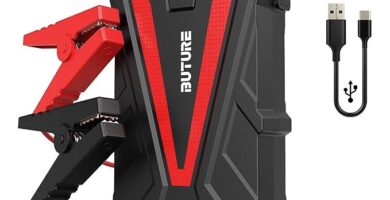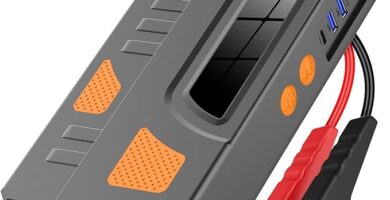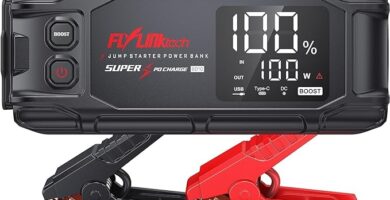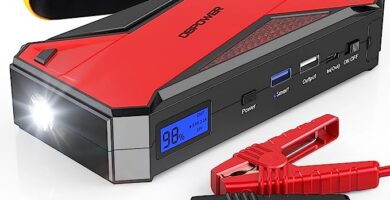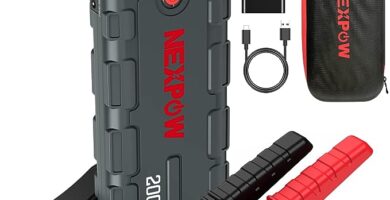
Jump-starting a car is a fundamental skill every vehicle owner should possess. While it might seem intimidating, fear not – we’re here to simplify the process for you. In this comprehensive guide, we’ll explore the various aspects of jump-starting a car and provide insights into safer alternatives to traditional jumper cables. Whether you’re a seasoned driver or a newbie, understanding how to give your car’s battery the boost it needs is essential knowledge.
Why jump starting is necessary
Modern cars are equipped with complex electronic systems designed to make your driving experience smoother. However, all these innovations rely on one essential component: the car battery. It serves as the initial power source that ignites the engine and keeps the vehicle running. But when your battery fails or discharges, you find yourself in a situation where your car won’t start. That’s when jump-starting becomes essential. For more information about why a jump starting is necessary you can read our full aricle : The Ultimate Guide to Portable Jump Starter: Why You Need One
Three Effective Ways to Boost a Car Battery
Safety should be your top priority when jump-starting a car. The process involves dealing with currents and voltages that can pose serious risks if not handled correctly. Let’s explore the three main methods to jump-start a car:
1. Jump Starting with Jumper Cables (and Another Car):
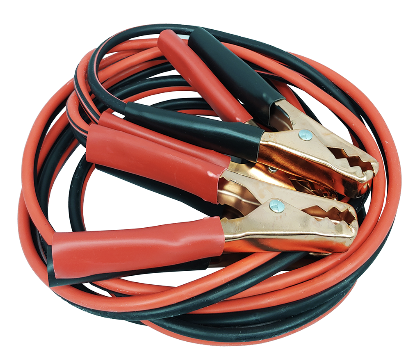
- This is the most common method but can be intimidating due to sparks.
- You’ll need another car with a good battery and a set of jumper cables.
- Both cars should be turned off before starting.
- Follow a series of careful steps to ensure a safe operation.
- Pros: Cost-effective, effective, charges the battery.
- Cons: Requires another car, matching motor size, complexity, potential danger to the battery, time-consuming.
2. Jump Starting with a Jump Starter:
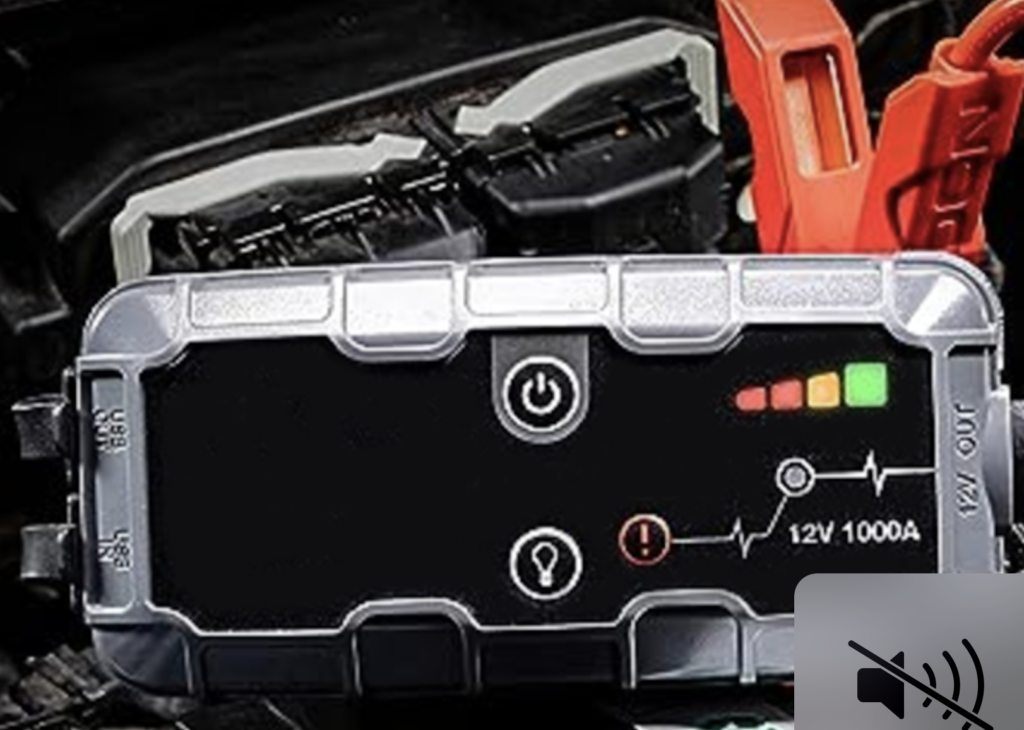
- Considered the safest and easiest method.
- A jump starter is a portable device that contains a powerful internal battery to provide the initial boost.
- Most units come with clear instructions for ease of use.
- Pros: Doesn’t require another car, portable, effective, user-friendly, safe, won’t damage the battery, quick.
- Cons: Slightly more expensive, specific specifications required, may not work with heavily discharged batteries, might take a few minutes.
3. Jump Starting with a Spare Battery:

- The most challenging and expensive method but effective in specific situations.
- Requires a spare battery in good condition.
- Involves disconnecting the old battery, installing the spare, and then reconnecting the old one.
- Pros: Doesn’t require another car, effective, quick.
- Cons: Expensive, needs a spare charged battery, not entirely safe, complex, potential damage to spare battery, specific battery requirements.
Differences between jump start methods
 | 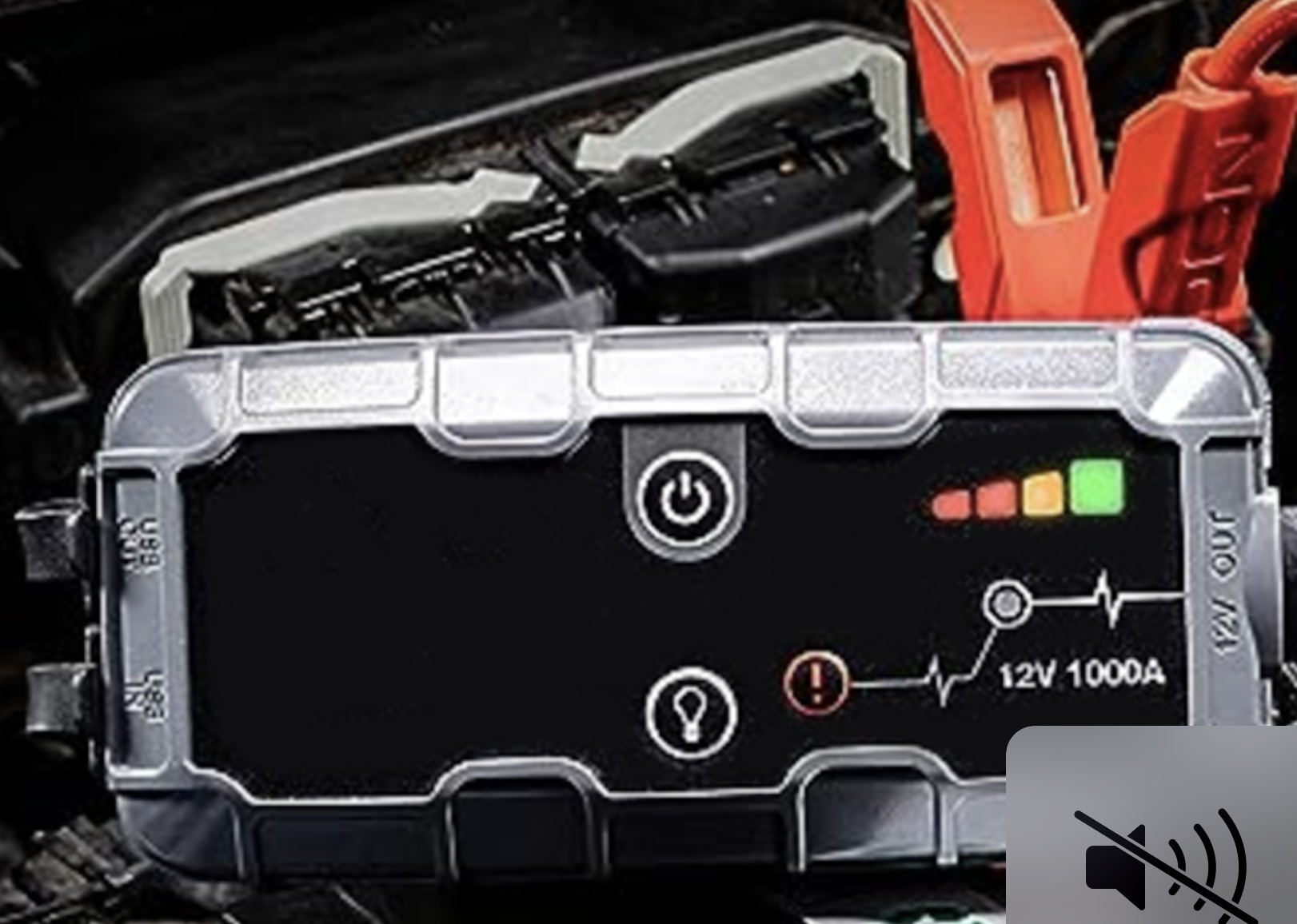 |  | |
| Method | Jumper cables | Portable jump starter | Spare battery |
| Price | $ | $$ | $$$$ |
| Safety | ❌ | ✅ | ❌ |
| Stand alone method | ❌ | ✅ | ✅ |
| Portability | ✅ | ✅ | ❌ |
| Easy to use | ❌ | ✅ | ❌ |
| Other extras | ❌ | USB ports, flashlights, | ❌ |
| How long… | 10-15 min | 1-2 min | Instantly if works. |
Frequent questions about jump cables, spare batteries and portable jump starters.
Is Jump Starting the Same as Charging a Battery?
- No, jump-starting provides the initial spark to the engine, while charging the battery is a continuous process.
- Jump starting helps start the engine, and once it runs, the alternator charges the battery simultaneously.
When to Charge and When to Jump Start a Car Battery:
- Sometimes, jump-starting might not work if the battery is heavily discharged.
- Some jump starters have a boost mode to force power through a severely drained battery.
- Jumper cables not only jump-start but also charge the battery over time.
- When using a spare battery, it jump-starts the engine, and then the alternator charges the battery.
Choosing the Right Size Jump Starter:
- The size of the jump starter depends on factors like the motor size, fuel type, and temperature.
- Gasoline vehicles at moderate temperatures typically require 250 to 600 Amps.
- Diesel vehicles need more power due to their heavier engines, especially in colder conditions.
How to Jump Start a Diesel Truck:
- Diesel trucks require more power due to their heavier engines and fuel type.
- Assess the specific requirements based on your truck’s motor size and temperature conditions.
Can Jump Starters Charge Batteries?
- Jump starters primarily provide the initial energy to start the engine, allowing the alternator to charge the battery.
- Some jump starters can also function as chargers, but this feature varies by model.
In conclusion, the Best Way to Jump Start a Vehicle is Using a Battery Booster
- If you’re seeking the most straightforward, fastest, and safest way to jump-start your car, a jump starter is your best bet.
- Jump starters are cost-effective, portable, and capable of holding a charge for extended periods, making them a reliable solution.
- They eliminate the need to rely on a stranger for assistance and can jump your car within seconds to minutes.
- Investing in a jump starter is a wise decision, ensuring you’re prepared for unexpected battery issues that no driver wants to experience.
In conclusion, when shopping for a portable jump starter, consider your vehicle’s specific needs, safety, and ease of use. Understanding the various methods and their pros and cons will empower you to make an informed choice for a reliable jump-starting solution.
The best portable jump starter rated – BuTure Beta03
Comparative table of the 10 best portable jump starter

